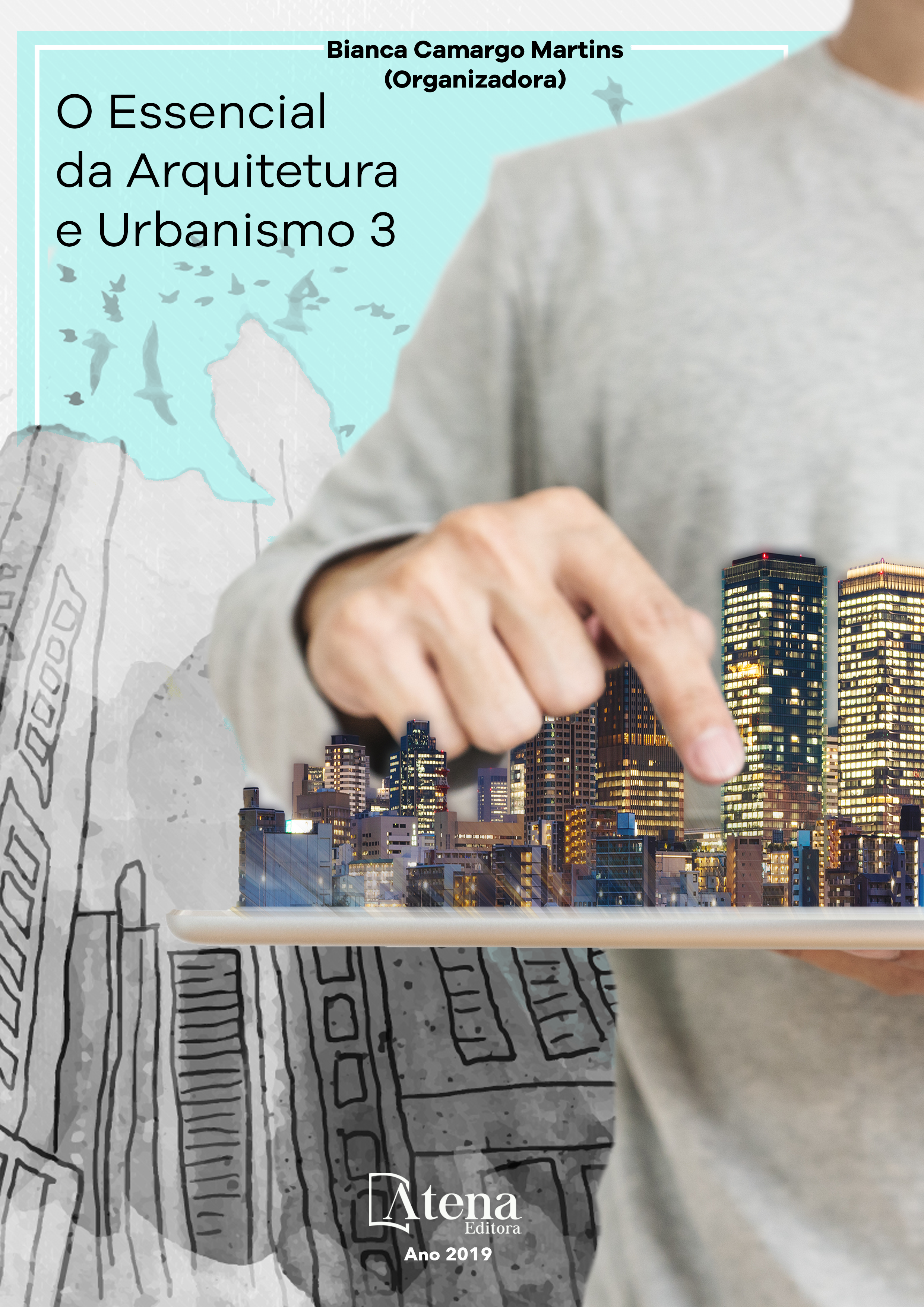
ANÁLISE COMPARATIVA SEGUNDO AS DIMENSÕES DA SUSTENTABILIDADE ENTRE A OCUPAÇÃO DAS CHÁCARAS SANTA LUZIA E A PROPOSTA PARA HABITAÇÃO SOCIAL DO GOVERNO DE BRASÍLIA
A Ocupação Urbana das Chácaras
Santa Luzia inserida na Região Administrativa
da Estrutural (DF), é fruto da autoconstrução
de habitações com padrões de desenho urbano
orgânico emergente e sofre com a ausência
de infraestrutura num cenário precário e
problemático. Além da irregularidade territorial,
a região estudada é ambientalmente complexa
e frágil, está cercada por importantes áreas de
preservação ambiental. Como solução para o
problema, a Companhia de Desenvolvimento
Habitacional do Distrito Federal – CODHAB/DF
propôs um projeto de edifício linear de habitação
social de mais de 3km de extensão que configura
um “muro” para preservação do Parque
Nacional de Brasília nos limites da poligonal
urbana da Estrutural. O objetivo deste trabalho
é fazer uma análise comparativa da avaliação
da sustentabilidade urbana entre a ocupação
existente e o projeto do governo, considerando
os impactos socioambientais existentes e a
qualidade de vida. Aplicou-se a metodologia
das Dimensões da Sustentabilidade, definida
como “Sustentabilidade e Qualidade da Forma
Urbana”, a partir da pesquisa desenvolvida
por Andrade e Lemos (2015) da FAU/UnB no
âmbito do Edital da Chamada Pública MCTI/
CNPq/MCIDADES Nº 11/2012, baseada em
4 dimensões (ambiental, social, econômica,
cultural e emocional). Os resultados
demonstram que tanto o atual assentamento
como o novo projeto do governo apresentam
alto índice de insustentabilidade, o primeiro
pela ausência de saneamento ambiental, e o
segundo pela ausência de cidade e relações
de urbanidade, tornando-se relevante avaliar
estratégias significativas para reabilitação
socioambiental desta localidade, apostandose
na manutenção da população local com cderreeeeeeeee
aplicação de princípios de sustentabilidade,
aproveitando os padrões orgânicos emergentes.
ANÁLISE COMPARATIVA SEGUNDO AS DIMENSÕES DA SUSTENTABILIDADE ENTRE A OCUPAÇÃO DAS CHÁCARAS SANTA LUZIA E A PROPOSTA PARA HABITAÇÃO SOCIAL DO GOVERNO DE BRASÍLIA
-
DOI: 10.22533/at.ed.6541917044
-
Palavras-chave: Habitação. Sustentabilidade. Qualidade da forma urbana
-
Keywords: Housing. Sustainability. Quality of Urban Design.
-
Abstract:
The Urban Occupation of Chácaras
Santa Luzia located in the Administrative Region
of Estrutural (DF) is the result of self-construction
houses with emerging organic urban design
patterns and suffers from the absence of
infrastructure in a precarious and problematic
setting. Besides the territorial irregularity, the
studied region is environmentally complex and
fragile, surrounded by important areas of environmental preservation. As a solution to
the problem, the Housing Development Company of the Distrito Federal – CODHAB/DF
proposed a linear construction project of social housing with more than 3km of extension
that make up a “wall” for the preservation of Parque Nacional de Brasília in the limits of
the urban polygonal of Estrutural. The objective of this work is to make a comparative
analysis of the evaluation of urban sustainability between the existing occupation and the
government project, considering the existing socioenvironmental impacts and quality of
life. The Sustainability Dimensions methodology, defined as “Sustainability and Quality
of Urban Design” was applied, from the research developed by Andrade and Lemos
(2015) of FAU/UnB, within the Public Call MCTI/CNPq/MCIDADES Nº 11/2012, based
on 4 dimensions (environmental, social, economic, cultural and emotional), The results
show that both the present settlement and the new government project have a high rate
of unsustainability, the first one due to the absence of environmental sanitation, and
the second by the absence of city and urbanity relations, making it relevant to evaluate
significant strategies for social and environmental rehabilitation of this locality, betting
on the maintenance of the local population with application of principles of sustainability,
taking advantage of the emerging organic patterns.
-
Número de páginas: 15
- Liza Maria Souza de Andrade
- Julia Cristina Bueno Miranda


